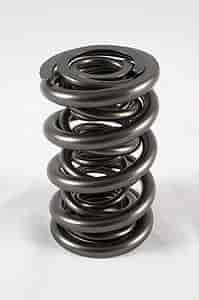amho wrote: ↑12 Jan 2018, 21:23
hurril wrote: ↑12 Jan 2018, 09:15
ncassi22 wrote: ↑12 Jan 2018, 08:22
Also it says something about injectors on the exhaust side??? Translation errors or something else?
Injectors on the exhaust side is nothing strange. The injector merely sits on the cylinderbank together with the exhaust valves instead of with the intake valves.
I always thought that the injector is placed in the top of prechamber, but If injector is in exhaust side (as motor fan pic. indicates) how do they have rich mixture in the prechamber? there might be multiple injection first one when piston is near tdc to mainly fill prechamber?
https://drive.google.com/open?id=1tpCUl ... SY3ZJV5gNa
I know, right? I've wondered that from the start and the only thing that seems possible is for the injector to create a denser cloud close to the holes in the pre-chamber and then hope that enough of it gets sucked/ pushed in there by the compression. (The pressure gradient is evened out/ lowered so that it is equal on both sides of the "membrane" that the holes form, thereby pulling the fuel with it.)
There seem to be so many concurrently active factors that go in to this though and it's not that easy to form a working picture of all of them I think.



